HiFi has always been about sound…hasn’t it? Most audiophile folk will argue that audio performance should be the only factor in choosing equipment, and while that’s certainly a priority for many, let’s not pretend that looks don’t matter. Unless you’re lucky enough to have a dedicated listening room hidden away from the world, your HiFi setup is going to share space with the rest of your home—and that means it needs to look good for many folk.
For too long, in my humble opinion and all that, HiFi enthusiasts have been asked to choose between sonic excellence and visual appeal, as if caring about aesthetics is some kind of audiophile sin – an audiophonic hair shirt, perhaps. But why shouldn’t high-end audio equipment be as beautiful as the music it reproduces? Some of the best HiFi designs of the past and present show that great sound and great looks can go hand in hand, though this isn’t really the norm.
THE BEAUTY OF VINTAGE HiFi
In the past companies like Braun set the standard in the mid-20th century, producing sleek, modernist audio components that still look futuristic today. The mastermind behind many of these designs was Dieter Rams, whose ‘less but better’ philosophy resulted in minimalist yet stunning HiFi gear. His work for Braun, including the SK4 turntable and the TG 60 tape recorder, still looks brilliant.
Rams wasn’t alone in thinking HiFi should look as good as it sounds. British and European manufacturers of the 60s and 70s embraced wood finishes, brushed aluminium, and functional but stylish layouts. From the gorgeous receivers of Marantz and McIntosh to the sleek aesthetic of Bang & Olufsen, these designs proved that audio gear could be objects of desire, not just utility. I still think B&O designs are some of the most cutting-edge from an aesthetic perspective and speaking to them at the recent ISE event in Barcelona further solidified this viewpoint.
Back in the day of “the hobby” (I’m not sure I like the love of audio and music being called a hobby), getting hold of a great sounding system relied for a large part on DIY, or gear that looked very DIY in its design. Great sound was the main driver and design took a back seat. Loads of the stuff you see in the scanned yellow pages of magazines of yore don’t only look a bit Heath Robinson, some look downright dangerous. But these older designs do have appeal – look at English Acoustics and their funky take on LEAK amps of old – a case of classic audio design meeting a modern aesthetic take.
The HiFi Pig Pink English Acoustics Stereo 21c
The 80s and 90s saw the rise of black or silver boxes (sometimes “champagne” – hello Marantz), rack systems that looked like they belonged in a poorly funded laboratory, and an overall abandonment of beauty in favour of cost-cutting and uninspired function. Audiophiles were expected to live with equipment that was visually unremarkable at best and outright fugly at worst. Your perspective might be a little different and I do still refer to this style of HiFi as being “proper-looking HiFi” and I very much lusted after my mate’s AKAI system back in the day, though I’m not sure I’d give it house room these days. However, I still do love a big VU meter… doesn’t everyone?
Sure, there were exceptions, but for the most part, mainstream HiFi was dull, boxy, and uninspired. If you cared about looks, you were accused of being ‘not serious’ about sound. Again, my personal opinion is that this era brought out some great designs like the very (well-funded) lab-looking Audio Research and Krell products. Nytech certainly looked very different and there were others too. Part of the problem today seems to be that if a product looks as good as it sounds then it’s dubbed as being a “lifestyle” product, almost as if you can’t be a part of the serious audiophile club if you aren’t willing to pull on that old hair shirt I mentioned.
THE CHANGING FACEPLATE OF AUDIO DESIGN
The tide might be turning. In recent years, audio brands have started to realise that customers want gear that performs and complements their living spaces. Advances in technology have helped drive this shift—modern components are smaller, more efficient, and don’t need to be hidden inside massive, utilitarian enclosures. Class D amplifiers, high-quality streaming sources, and digital processing allow for designs that are sleek and compact without sacrificing performance.
Take Devialet, for example. Their Phantom series speakers look like something out of a sci-fi movie but deliver high-end performance – depending on your take. Linn and Naim have refined their industrial design, offering sleek, contemporary aesthetics that certainly don’t look out of place in a modern home. Even McIntosh, with its distinctive meters and glass panels, has managed to evolve while maintaining its signature look. Cyrus has always challenged the norm and their latest series of products look fab! But don’t get me wrong! There’s something beautiful about valve amps that show off their tubes – dim the lights and watch their subtle glow – take a look at the utilitarian but still somewhat beautiful systems of Devon Turnbull.
And let’s not forget the influence of the vinyl revival. Turntables have once again become statement pieces, with brands like Pro-Ject and Rega offering visually stunning options that combine minimalist design with exceptional engineering. Some are even doing special pieces like Yellow Submarine inspired decks and recently an AC DC themed spinner. Meanwhile, boutique manufacturers are embracing luxury materials like walnut, rosewood, and machined aluminium to create HiFi that is as much art as it is technology. Michell have always looked very different to the norm and there are loads of others I could quote.
FORM AND FUNCTION CAN COEXIST
The best-designed HiFi components aren’t just pretty boxes—they use their form to enhance function and there are plenty to highlight.
Designs like HiFi Rose incorporate touchscreen interfaces that offer intuitive control without cluttering the front panel with buttons and knobs, though their designs do split opinion. Even traditional high-end brands are finding ways to make their gear look and feel more luxurious, with better materials, refined lines, and a return to elegant simplicity – D’Agostino, anyone? And it’s not just big brands that can do this, take a look at the HEX 3 loudspeakers from the small British brand Solid Sounds.
Let’s face it—most of us don’t want a pile of ugly black boxes dominating our living room, though some of us are quite happy with the proliferation of boxes. If HiFi is to be accepted into the home should blend in, not demand a dedicated, acoustically treated dungeon where aesthetics don’t matter. Beautifully designed audio gear invites more people into the world of high-quality sound, proving that you don’t need to choose between performance and looks.
So, should home audio look good? Absolutely. We don’t tolerate ugly furniture or tasteless décor, so why should we settle for visually uninspiring HiFi? If you’re investing in something that brings music to life, shouldn’t it be something you love to look at, too?
Guildford Audio got in touch with Hifi Pig to tell us all about their very own annual hifi show. Guildford Audio in association with Absolute Sounds will again be running…
AUDIO SHOW DELUXE 2023 - ABSOLUTE SOUNDS Absolute Sounds will be exhibiting at this year's Audio Show Deluxe which will take place on Saturday 25th and Sunday 26th March at…
Reviews of the Chinese based HiSound Audio's Rocoo BA, Rocoo P and Studio-V digital audio players. These players have been designed with audiophiles on the move in mind and focus…
Unauthorized use and/or duplication of this material (in part or in full) without express and written permission from this website’s author
and/or owner is strictly prohibited. Links may be used, provided that full and clear credit is given to Hifi Pig and Big Pig Media with appropriate and specific direction (link) to the original content.
Hifi Pig is part of the Big Pig Media LLP group
of companies.
Should Home Audio Look Good As Good As It Sounds?
Should Home Audio Look Good As Good As It Sounds?
HiFi has always been about sound…hasn’t it? Most audiophile folk will argue that audio performance should be the only factor in choosing equipment, and while that’s certainly a priority for many, let’s not pretend that looks don’t matter. Unless you’re lucky enough to have a dedicated listening room hidden away from the world, your HiFi setup is going to share space with the rest of your home—and that means it needs to look good for many folk.
For too long, in my humble opinion and all that, HiFi enthusiasts have been asked to choose between sonic excellence and visual appeal, as if caring about aesthetics is some kind of audiophile sin – an audiophonic hair shirt, perhaps. But why shouldn’t high-end audio equipment be as beautiful as the music it reproduces? Some of the best HiFi designs of the past and present show that great sound and great looks can go hand in hand, though this isn’t really the norm.
THE BEAUTY OF VINTAGE HiFi
In the past companies like Braun set the standard in the mid-20th century, producing sleek, modernist audio components that still look futuristic today. The mastermind behind many of these designs was Dieter Rams, whose ‘less but better’ philosophy resulted in minimalist yet stunning HiFi gear. His work for Braun, including the SK4 turntable and the TG 60 tape recorder, still looks brilliant.
Rams wasn’t alone in thinking HiFi should look as good as it sounds. British and European manufacturers of the 60s and 70s embraced wood finishes, brushed aluminium, and functional but stylish layouts. From the gorgeous receivers of Marantz and McIntosh to the sleek aesthetic of Bang & Olufsen, these designs proved that audio gear could be objects of desire, not just utility. I still think B&O designs are some of the most cutting-edge from an aesthetic perspective and speaking to them at the recent ISE event in Barcelona further solidified this viewpoint.
Back in the day of “the hobby” (I’m not sure I like the love of audio and music being called a hobby), getting hold of a great sounding system relied for a large part on DIY, or gear that looked very DIY in its design. Great sound was the main driver and design took a back seat. Loads of the stuff you see in the scanned yellow pages of magazines of yore don’t only look a bit Heath Robinson, some look downright dangerous. But these older designs do have appeal – look at English Acoustics and their funky take on LEAK amps of old – a case of classic audio design meeting a modern aesthetic take.
The HiFi Pig Pink English Acoustics Stereo 21c
The 80s and 90s saw the rise of black or silver boxes (sometimes “champagne” – hello Marantz), rack systems that looked like they belonged in a poorly funded laboratory, and an overall abandonment of beauty in favour of cost-cutting and uninspired function. Audiophiles were expected to live with equipment that was visually unremarkable at best and outright fugly at worst. Your perspective might be a little different and I do still refer to this style of HiFi as being “proper-looking HiFi” and I very much lusted after my mate’s AKAI system back in the day, though I’m not sure I’d give it house room these days. However, I still do love a big VU meter… doesn’t everyone?
Sure, there were exceptions, but for the most part, mainstream HiFi was dull, boxy, and uninspired. If you cared about looks, you were accused of being ‘not serious’ about sound. Again, my personal opinion is that this era brought out some great designs like the very (well-funded) lab-looking Audio Research and Krell products. Nytech certainly looked very different and there were others too. Part of the problem today seems to be that if a product looks as good as it sounds then it’s dubbed as being a “lifestyle” product, almost as if you can’t be a part of the serious audiophile club if you aren’t willing to pull on that old hair shirt I mentioned.
THE CHANGING FACEPLATE OF AUDIO DESIGN
The tide might be turning. In recent years, audio brands have started to realise that customers want gear that performs and complements their living spaces. Advances in technology have helped drive this shift—modern components are smaller, more efficient, and don’t need to be hidden inside massive, utilitarian enclosures. Class D amplifiers, high-quality streaming sources, and digital processing allow for designs that are sleek and compact without sacrificing performance.
Take Devialet, for example. Their Phantom series speakers look like something out of a sci-fi movie but deliver high-end performance – depending on your take. Linn and Naim have refined their industrial design, offering sleek, contemporary aesthetics that certainly don’t look out of place in a modern home. Even McIntosh, with its distinctive meters and glass panels, has managed to evolve while maintaining its signature look. Cyrus has always challenged the norm and their latest series of products look fab! But don’t get me wrong! There’s something beautiful about valve amps that show off their tubes – dim the lights and watch their subtle glow – take a look at the utilitarian but still somewhat beautiful systems of Devon Turnbull.
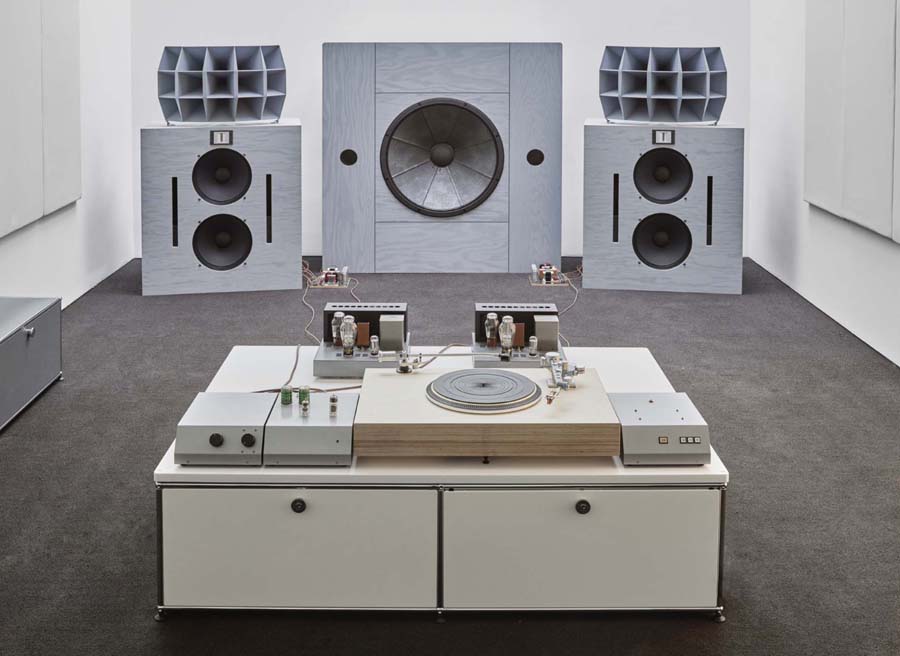
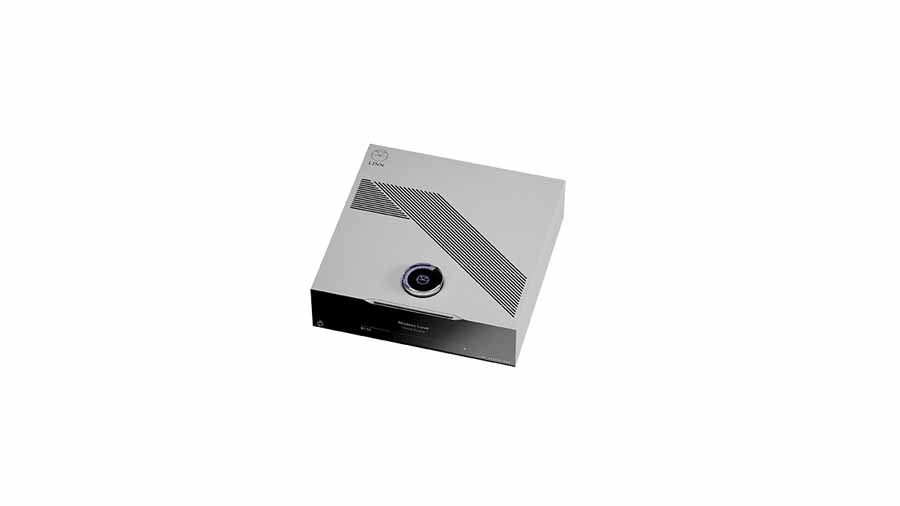

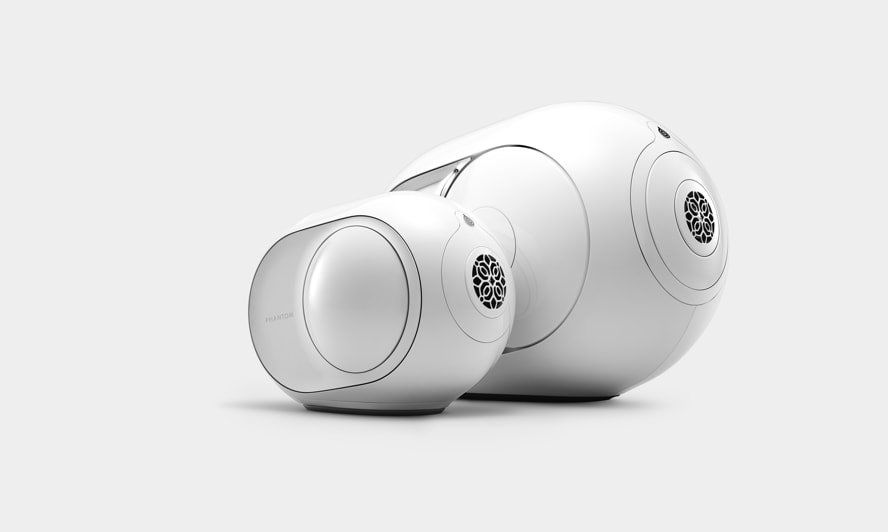
And let’s not forget the influence of the vinyl revival. Turntables have once again become statement pieces, with brands like Pro-Ject and Rega offering visually stunning options that combine minimalist design with exceptional engineering. Some are even doing special pieces like Yellow Submarine inspired decks and recently an AC DC themed spinner. Meanwhile, boutique manufacturers are embracing luxury materials like walnut, rosewood, and machined aluminium to create HiFi that is as much art as it is technology. Michell have always looked very different to the norm and there are loads of others I could quote.
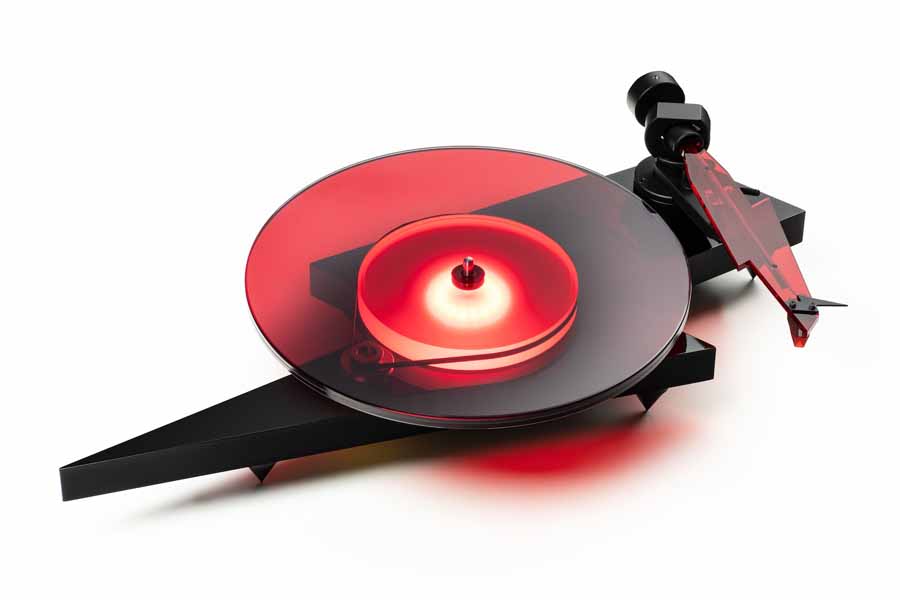
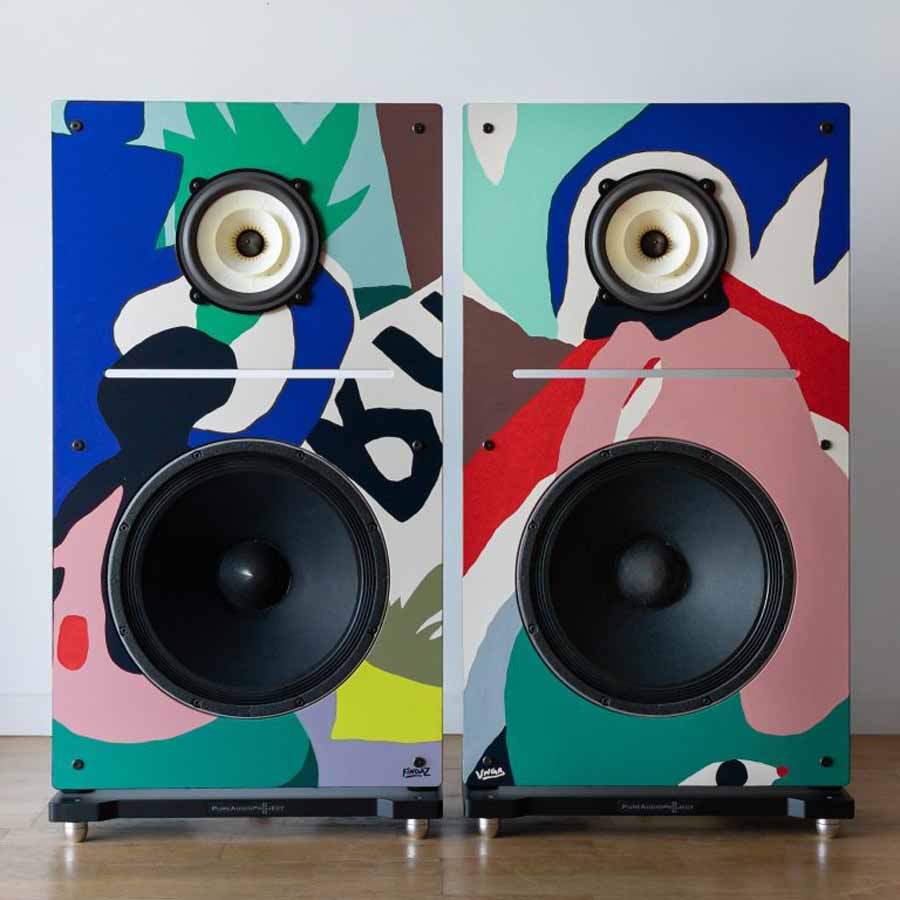
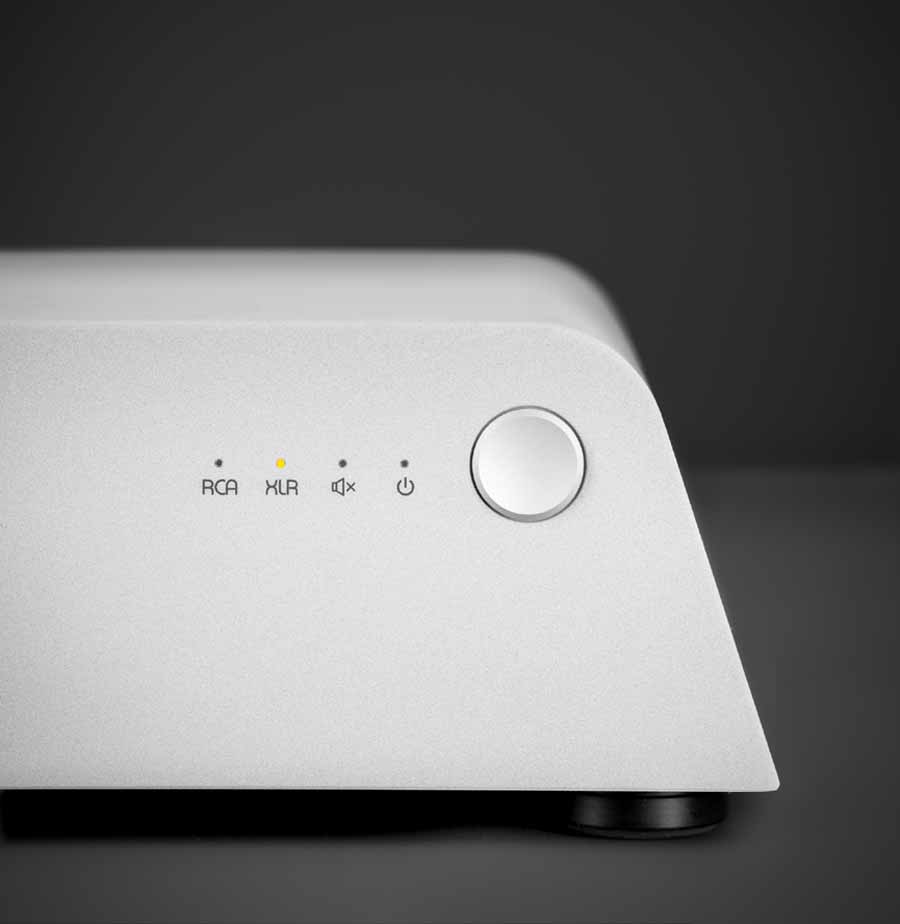
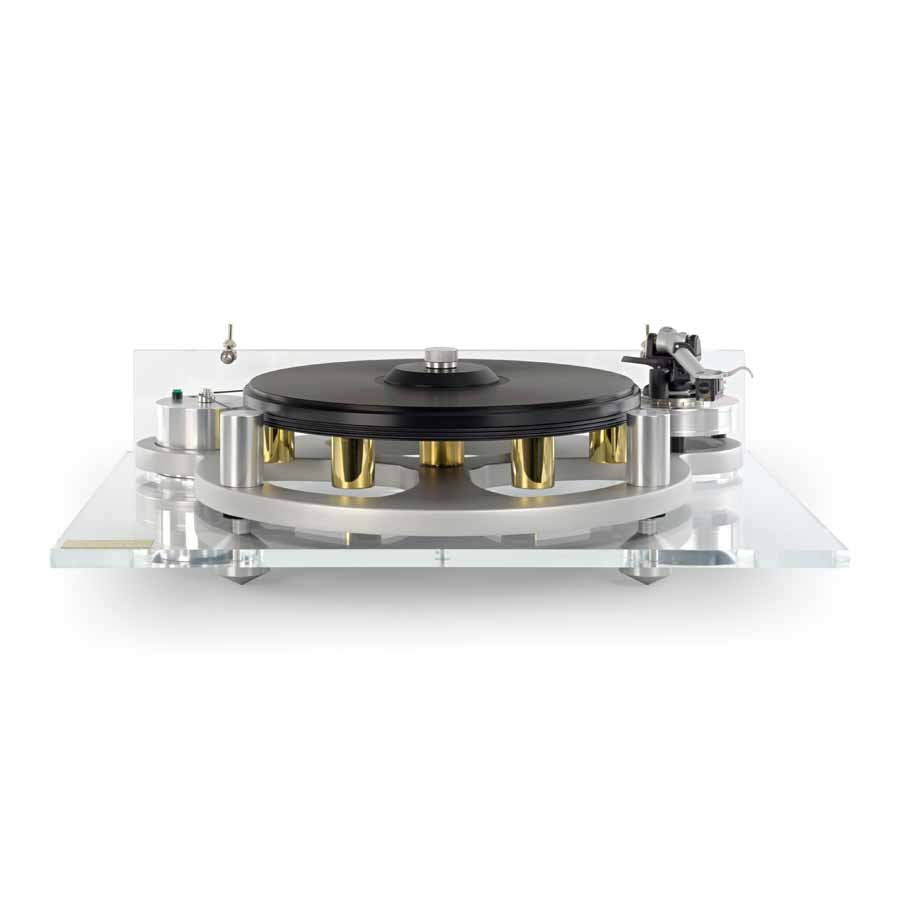
FORM AND FUNCTION CAN COEXIST
The best-designed HiFi components aren’t just pretty boxes—they use their form to enhance function and there are plenty to highlight.
Designs like HiFi Rose incorporate touchscreen interfaces that offer intuitive control without cluttering the front panel with buttons and knobs, though their designs do split opinion. Even traditional high-end brands are finding ways to make their gear look and feel more luxurious, with better materials, refined lines, and a return to elegant simplicity – D’Agostino, anyone? And it’s not just big brands that can do this, take a look at the HEX 3 loudspeakers from the small British brand Solid Sounds.

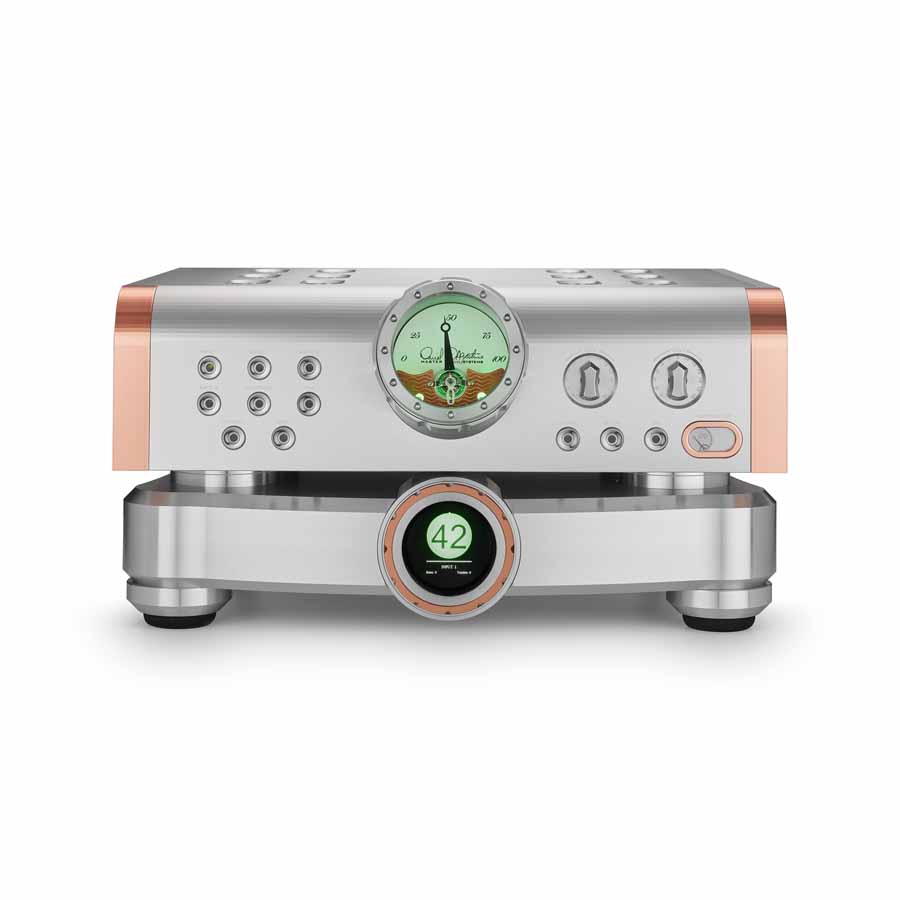
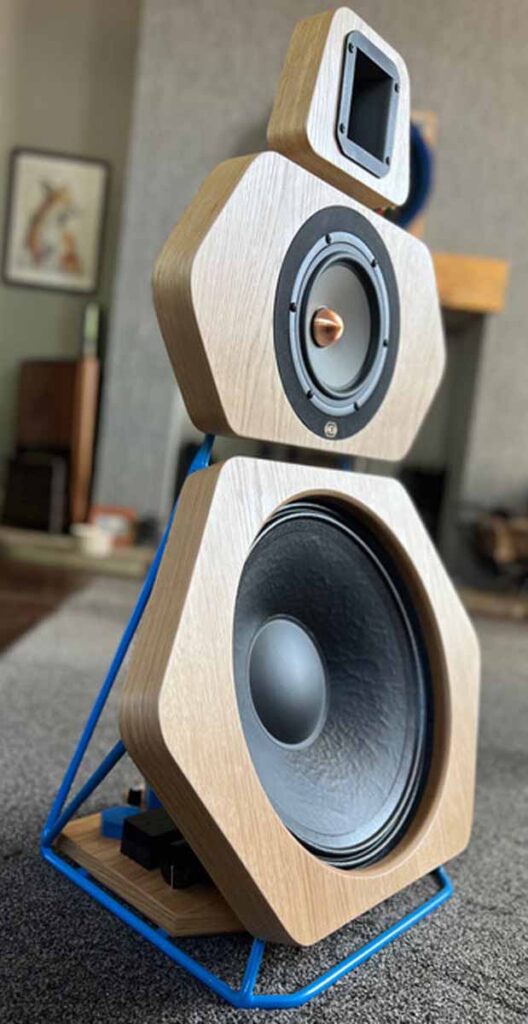
Let’s face it—most of us don’t want a pile of ugly black boxes dominating our living room, though some of us are quite happy with the proliferation of boxes. If HiFi is to be accepted into the home should blend in, not demand a dedicated, acoustically treated dungeon where aesthetics don’t matter. Beautifully designed audio gear invites more people into the world of high-quality sound, proving that you don’t need to choose between performance and looks.
So, should home audio look good? Absolutely. We don’t tolerate ugly furniture or tasteless décor, so why should we settle for visually uninspiring HiFi? If you’re investing in something that brings music to life, shouldn’t it be something you love to look at, too?
Stuart Smith
What do you think? Should manufacturers take aesthetic design as seriously as sonic design?
Read More Posts Like This
Guildford Audio got in touch with Hifi Pig to tell us all about their very own annual hifi show. Guildford Audio in association with Absolute Sounds will again be running…
AUDIO SHOW DELUXE 2023 - ABSOLUTE SOUNDS Absolute Sounds will be exhibiting at this year's Audio Show Deluxe which will take place on Saturday 25th and Sunday 26th March at…
Reviews of the Chinese based HiSound Audio's Rocoo BA, Rocoo P and Studio-V digital audio players. These players have been designed with audiophiles on the move in mind and focus…